Minimum requirements
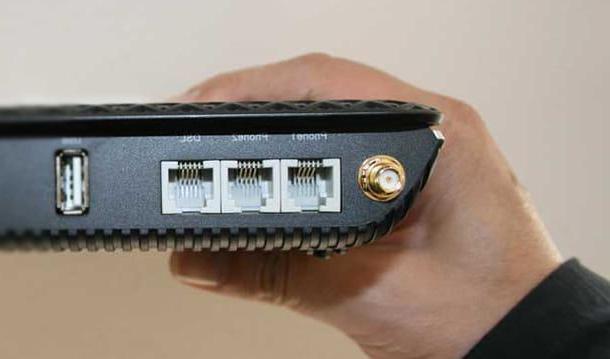
Before showing you how to connect a high-gain Wi-Fi antenna to your router, I wanted to give you some fundamental information about the requirements necessary for the success of this tutorial. As you have already noticed, the routers provided by ISPs (Internet Service Providers, i.e. operators) are produced with an increasingly simple and minimal aesthetic line, appreciated for being installed in plain sight, rather than being hidden.
You will have noticed, therefore, that these "boxes" do not have external Wi-Fi antennas since they are minimized inside the casing in a fixed position and therefore not removable. To connect a new high gain antenna to one of these routers it is necessary to open them (invalidating the warranty) and make changes to the casing by drilling one of the sides to install the appropriate connector.
However, these routers are increasingly supplied with a contract a rental or purchase in installments in 2 or more years, so if they are not your property I advise you not to modify them so as not to go against a possible sanctions delivered by the ISP at the time of return.
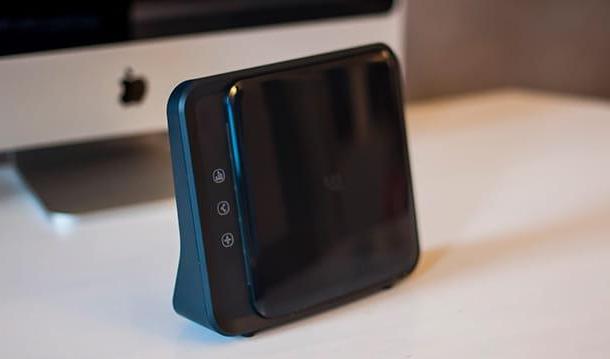
Almost all modern non-branded routers, on the other hand, are equipped with one or more external antennas in general removable and then replaceable thanks to a convenient connection (or rather, connector) with thread: the most common are connectors SMA (SubMiniature version A) and connectors TNC (Threaded Neill – Concelman). This feature allows you to easily replace the antennas with better performing alternatives, easily available online at really interesting prices.
To conclude the overview of routers, there are also models with external articulated antennas fixed, that is, that you cannot unscrew or remove as they are installed using a proprietary mechanical system. The only way to replace them would be to open the router casing, manually remove them, and DIY the casing to install the new ones, but it's not for everyone.
Having made the necessary premises mentioned above, we can go to the point. Replacing the router's external Wi-Fi antenna is intended to increase the transmission range and l 'signal efficiency, which translates into one greater speed navigation on the propagated network. Below I briefly illustrate some aspects to consider in order to choose the right antenna for you.
- Omnidirectional or directional: there are antennas that radiate the signal at 360 ° (the most common) but there are also antennas with a single direction of propagation that can provide excellent performance if oriented in the direction of common use.
- Gain (dBi): it is the irradiation power of the electromagnetic signal, the greater the gain value expressed in dBi and the greater the directivity of the antenna.
- Sizes: there are tiny, medium, long and parabolic antennas but dimensions are not always synonymous with performance. In addition to being an aesthetic aspect to be evaluated based on the installation position, you must always read the specifications and identify the declared gain value (dBi).
- SMA o TNC: even if the SMA type connector is the most common, it is not the one used ever since the choice varies from manufacturer to manufacturer. So you have to pay close attention to the type of antenna you buy in order not to end up with a different attack and therefore not to be able to connect it to your router.
- Female or male: the antenna connectors are produced both with pin contact (male) and without (female). This is a choice you have to make based on the connectors on your router, unless you want to take a complete kit of antennas and connectors (made up of male and female components) to manually install them on the enclosure.
- Location of the router: the router with omnidirectional antennas should preferably be placed in the center of the house and away from walls that could cut off the Wi-Fi signal. If the location of the router is not optimal, changing the antennas does not give you a guarantee of improving the signal.
Below you will find examples of some dual band omnidirectional antennas (therefore for 2.4GHz and 5.0GHz networks) of medium length, with male SMA connectors, ready to be connected to the router.
Below, however, I propose some examples of complete kits complete with cable and male and female connectors for manual installation on the router casing, if the external antennas are completely absent and the router casing is absent of connectors with thread.
How to connect external WiFi antenna to the router
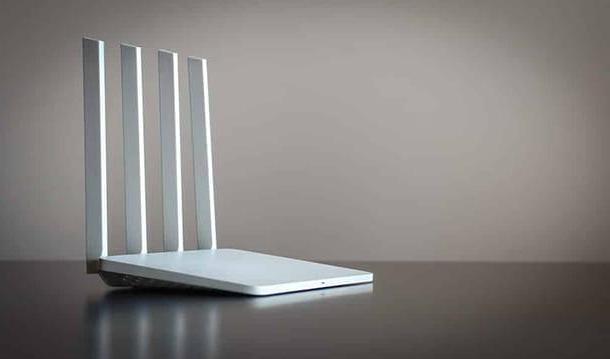
Once you have verified that you have all the requirements to connect a new high-gain Wi-Fi antenna to the router, you are ready to go to practice! In this chapter you will find all the details and explanations about how to connect external WiFi antenna to the router.
The procedure is very simple, if you have managed to find an antenna with the connector of the same type present on your router, all you have to do is switch off the router and unplug it from the power supply, then you have to unscrew the old antennas for screw the high-earning ones you have purchased. After screwing in the new antennas firmly, you can reconnect the power to the router and turn it on.
If your router does not have detachable antennas and is no longer covered by a valid warranty, then you can try this process using an antenna kit including male and female connectors. First, you need to open the router by removing the viti located in the lower part. Once the upper body has been removed, you must identify the two wires that plug into the small connectors of the 2.4GHz Wi-Fi module on the motherboard.
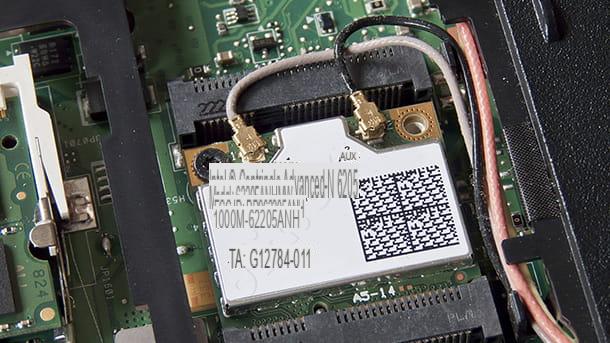
I advise you not to apply the antennas to the 5GHz module as you would risk obtaining a poorly satisfactory result. The 5GHz band is not technically adequate for long-range radio coverage, so I suggest you rather upgrade the 2.4GHz band with which you could get excellent stability results and wider signal coverage.
To fix the antenna connectors, I suggest you do one or two holes (depending on the number of antennas you need to apply) on the back side of the enclosure. If you need to apply two or more antennas, make the holes at distances shorter or longer than 12 cm to avoid a radio redundancy effect. To do this you can use a electric screwdriver or drill with a tip for wood o iron. By exerting a slight pressure during the rotation you will be able to easily get one or more holes on the plastic of the casing and then fix the female SMA connectors.
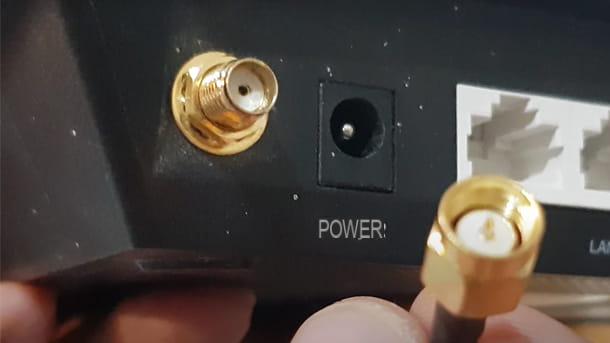
The female SMA connector consists of the connector body and an anchor nut, to fix it correctly proceed by inserting the connector into one of the holes from the outside of the casing towards the inside, the anchor nut must be screwed from the inside.
I suggest (it is not essential) to apply a little hot glue to the inside of the casing where you tighten the nut, in order to further consolidate the body of the SMA connector from the inside.
Now you can connect the antenna wires ai mini connectors of the 2.4GHz module. Finally, reassemble the casing by screwing the screws into the bottom of the router and screw in the external antennas.
How to configure external Wi-Fi antenna
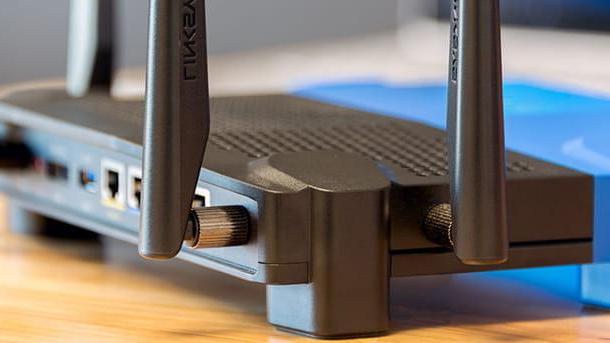
After connecting the external Wi-Fi antenna to the router, you may want to try to manually change some parameters of the router to optimize the signal strength. If you want to try, I'll walk you through this chapter how to configure external WiFi antenna.
You can follow this practice only if you have full access to the web configuration page of your router and the management firmware is not blocked (as in the latest router models supplied by some providers, which only allow you to manage the basic functions of the router, hiding all advanced settings in order to protect the stability and therefore the full functionality of the router).
If you can freely access the router's web configuration page via its IP address, go to the menu Wireless> Radio> 802.11a / 802.11b and, on the central page, change the value of the radio transmission, generally called Radio power o TX Power level o Max tx rate. The higher the value is set, the higher the transmit power of the antenna (s) of your extender. Be careful, however, not to enter values higher than those required by In your languagen law.
If the result you get is satisfactory but unstable and slow coverage, I suggest you read my guide on optimizing wireless propagation on radio channels: how to change the Wi-Fi channel.
How to connect external WiFi antenna to the router

























